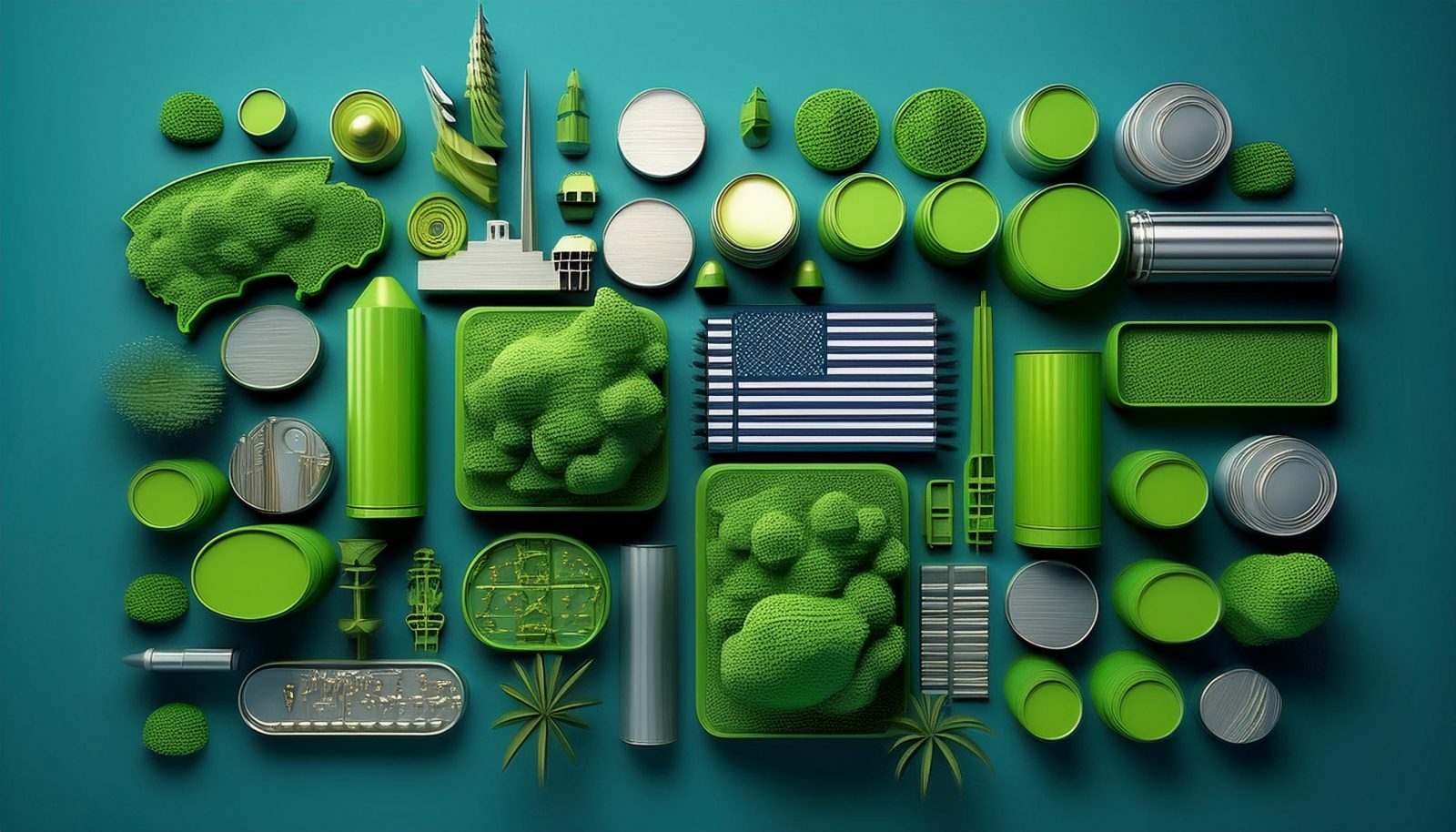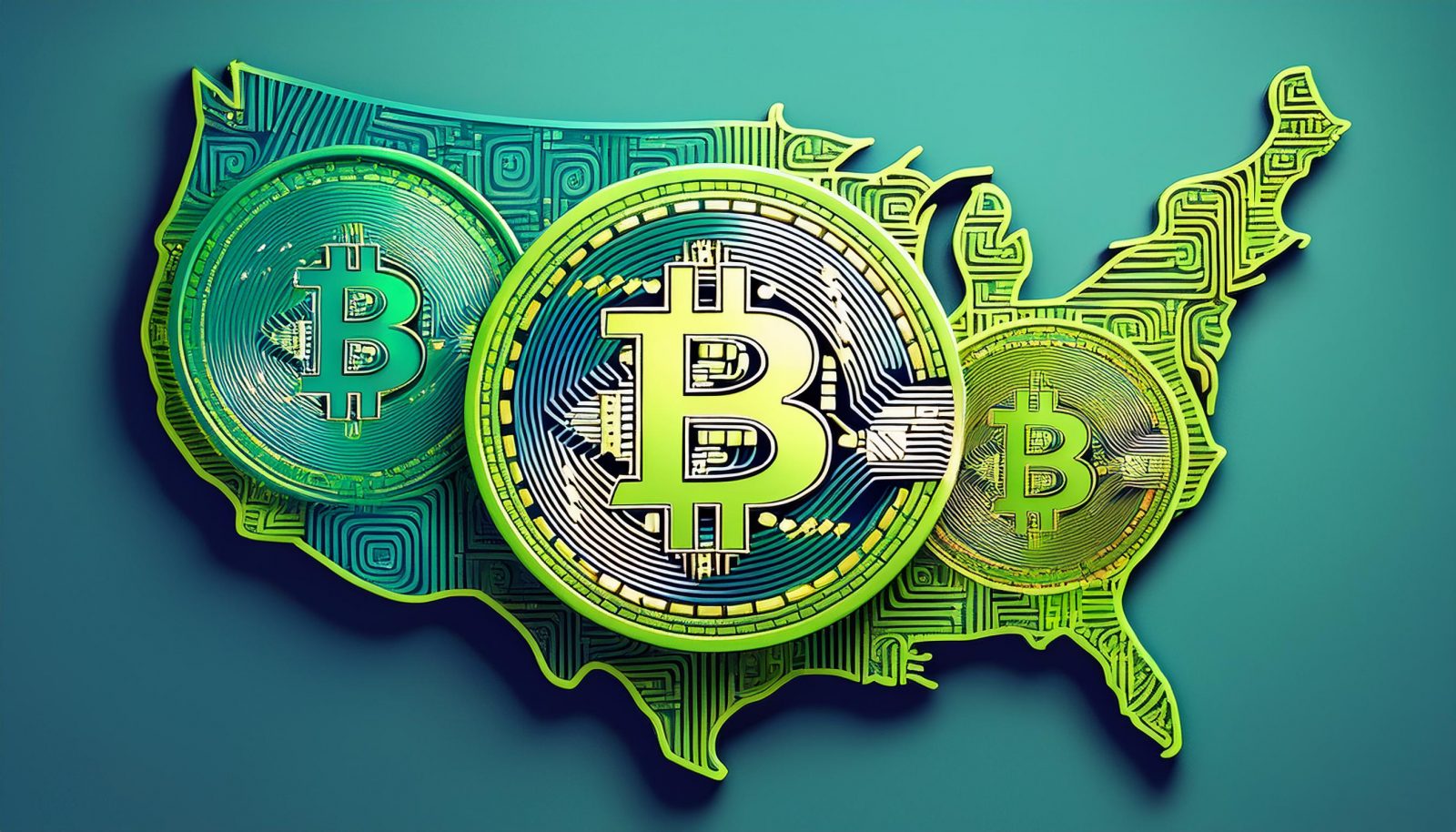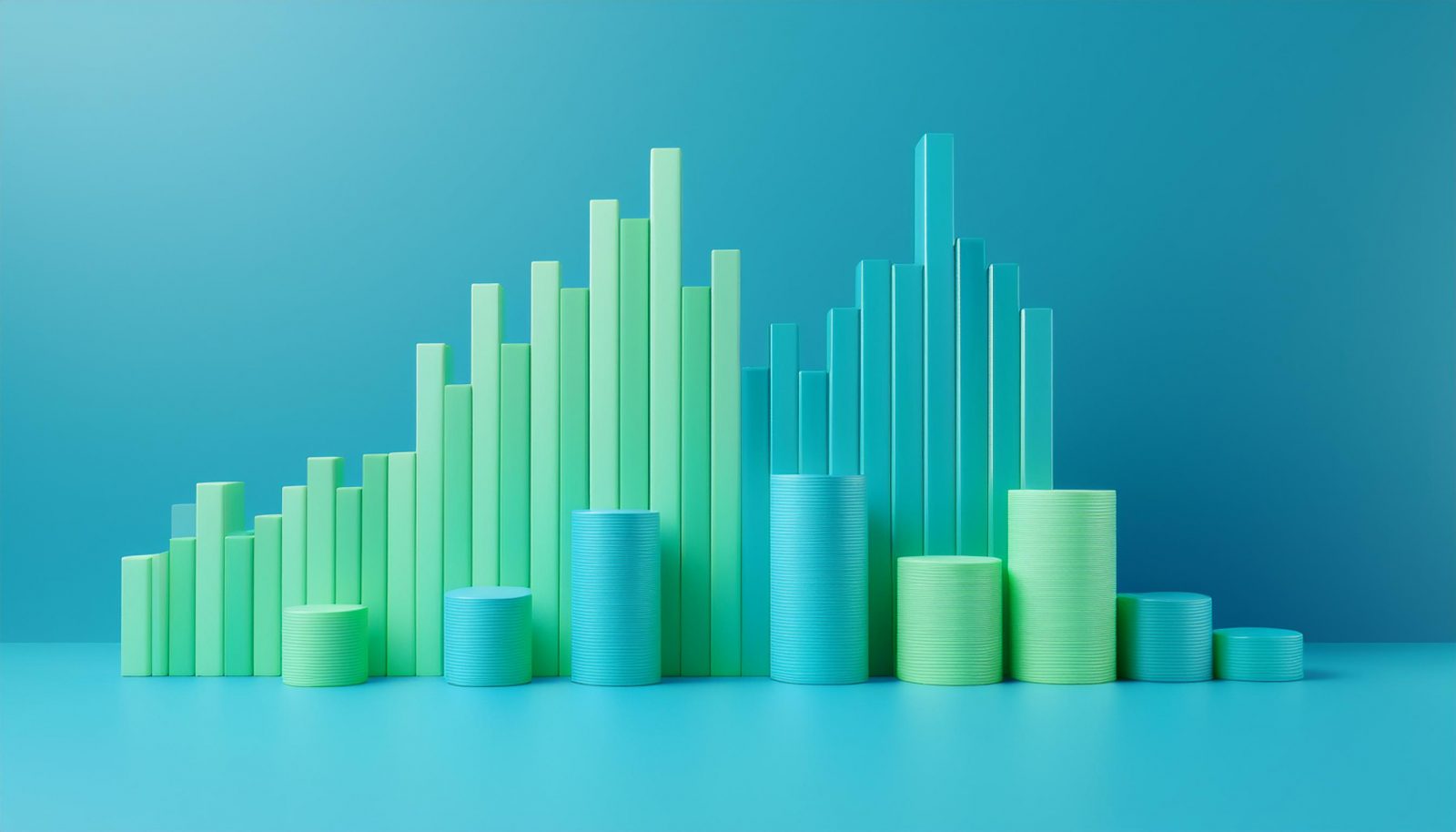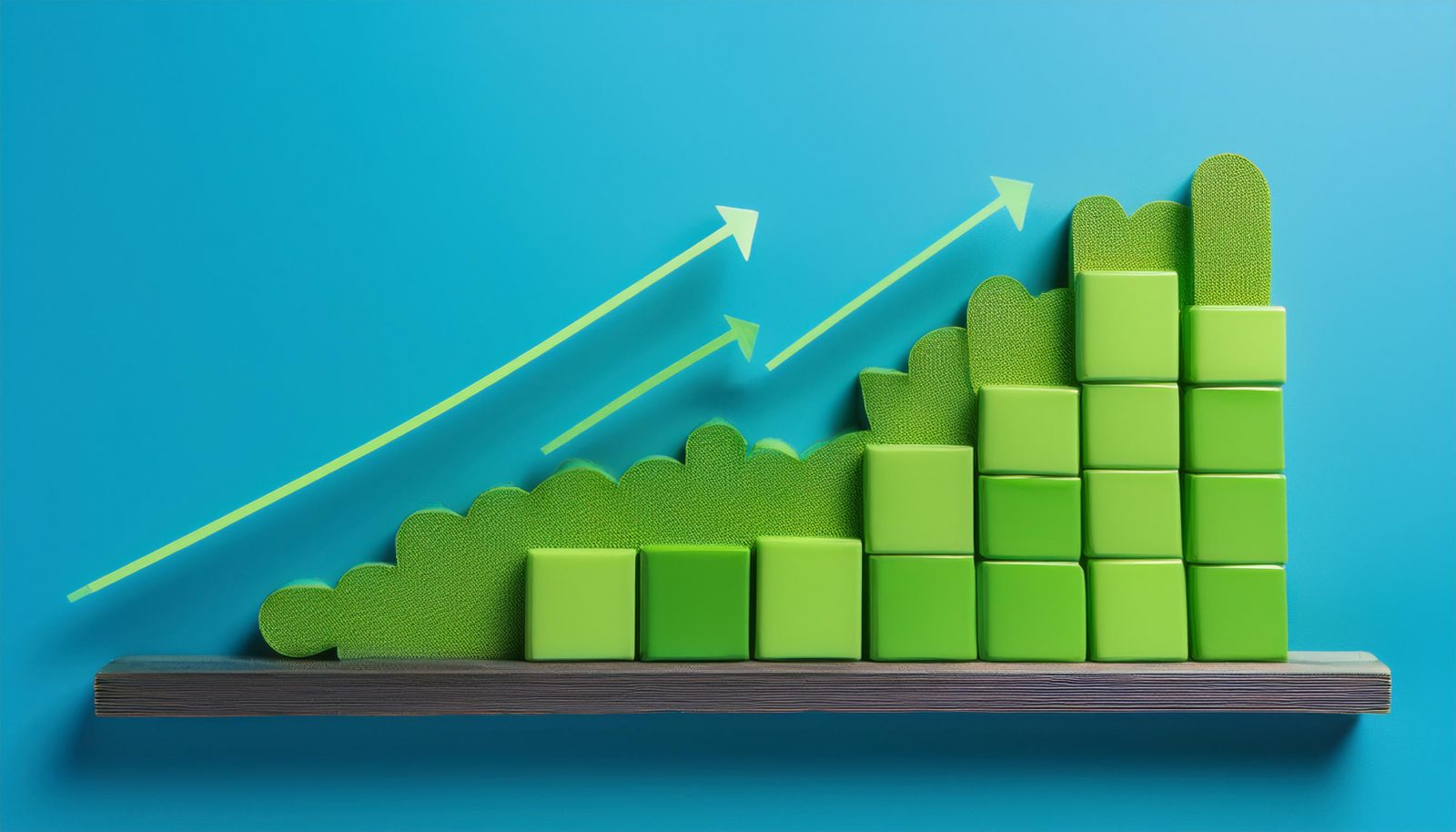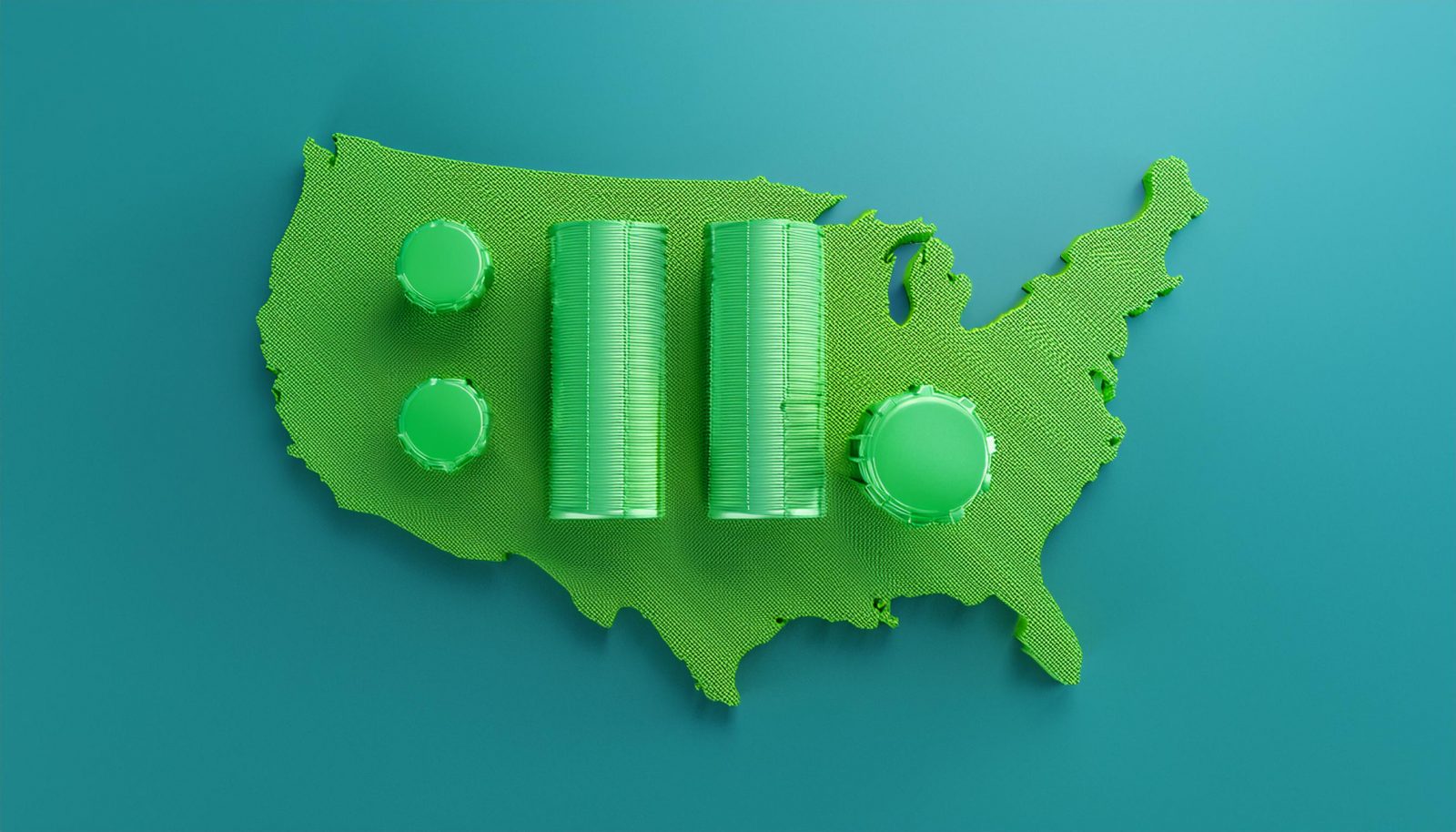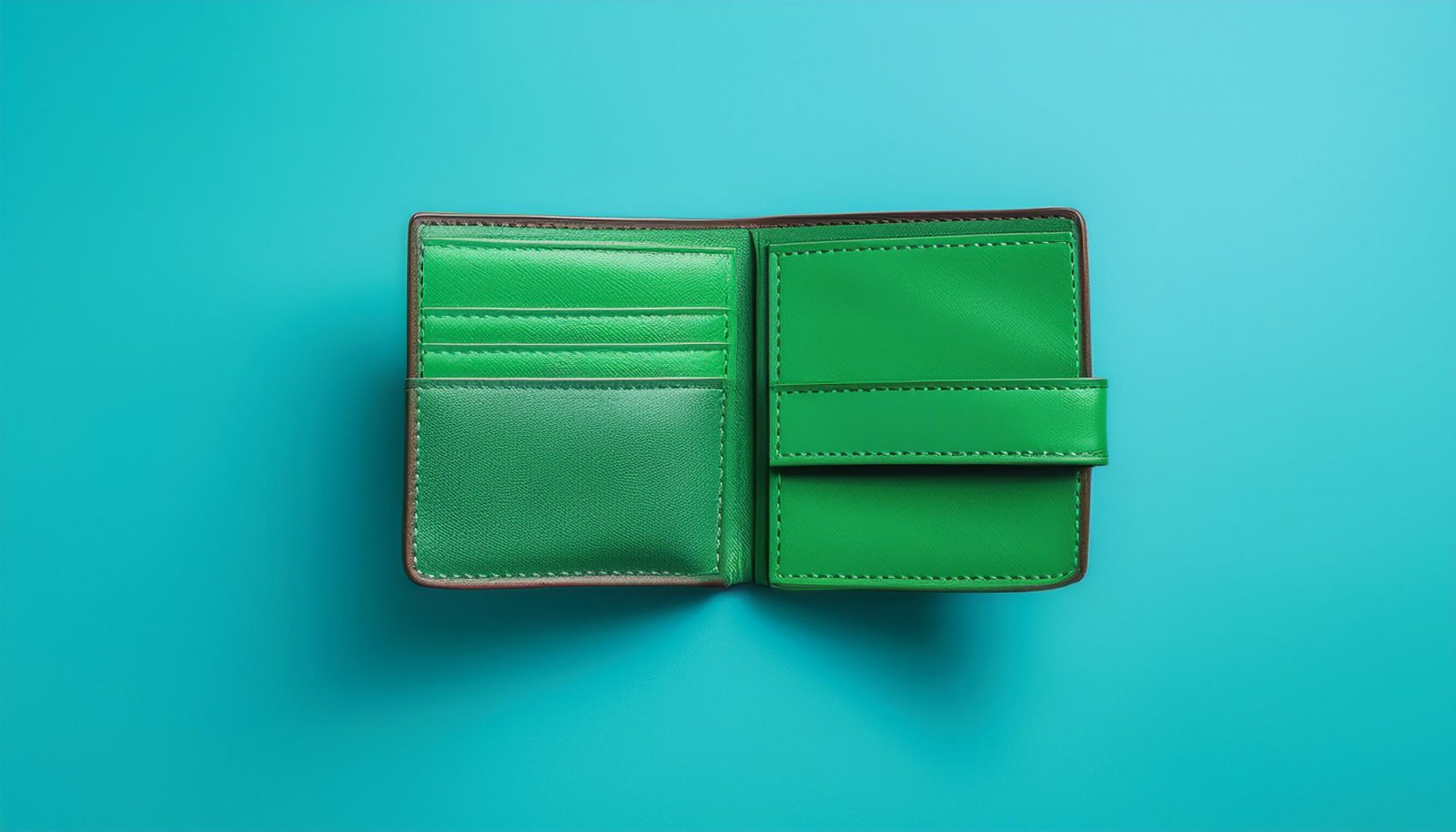The unemployment rate serves as a critical barometer for the health of an economy, indicating the percentage of the labor force that is jobless and actively seeking employment. Understanding this rate is essential for economists, policymakers, and the public to grasp economic stability.
- The unemployment rate is a primary economic health indicator.
- It reflects both short-term economic fluctuations and long-term structural changes.
- The unemployment rate is connected to the Non-Farm Payrolls, a vital economic indicator.
What is the unemployment rate?
The unemployment rate quantifies the proportion of individuals in the labor force who are not currently employed but are actively seeking work. It’s calculated by dividing the number of unemployed individuals by the total labor force and multiplying by 100% to get a percentage.
This figure is pivotal for understanding the economy’s capacity to create jobs and sustain growth. A low unemployment rate is typically seen as a sign of a robust economy, whereas a high rate may indicate economic distress or a recessionary period.
Unemployment and Non-Farm Payrolls
Non-farm payrolls, another crucial economic indicator, represent the total number of paid U.S. workers, excluding farm employees, government employees, private household employees, and employees of nonprofit organizations. The relationship between the unemployment rate and NFP is significant because it provides insights into the health of the employment sector.
Why does it matter?
An increase in non-farm payrolls suggests job growth and potentially a lower unemployment rate, signaling economic expansion. Conversely, a decline can indicate job losses and economic contraction. Investors can analyze NFP reports released every first Friday of the month.
Current unemployment rate
The current unemployment rate is a vital statistic for assessing the present state of the economy and identifying economic trends. As economic conditions change, the unemployment rate can fluctuate, influenced by factors such as technological advancements, market demand, and government policies. For accurate and up-to-date information, SimpleFX offers real-time data crucial for research and analysis. Staying informed about the unemployment rate and other essential economic indicators is imperative for understanding the U.S. economy’s overall health and trajectory.







